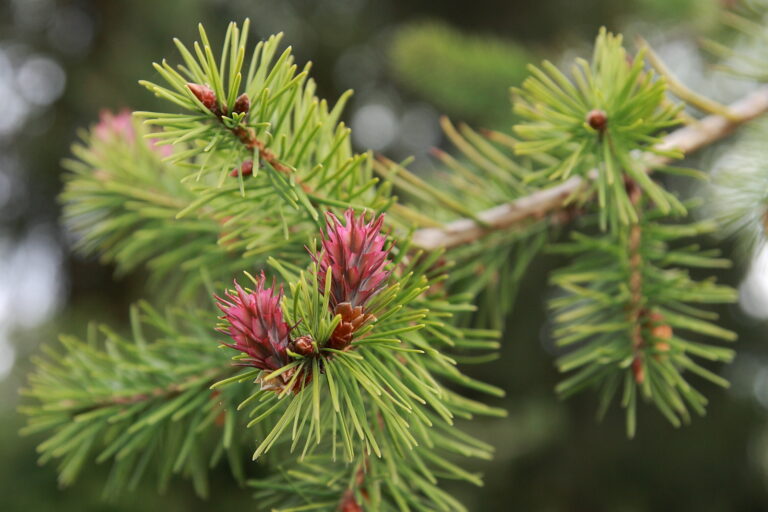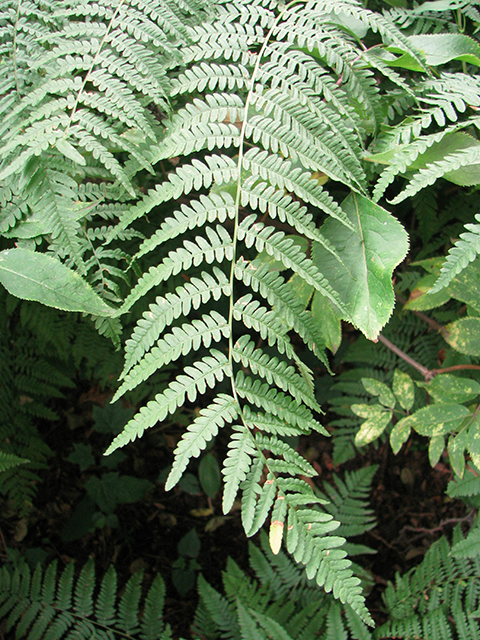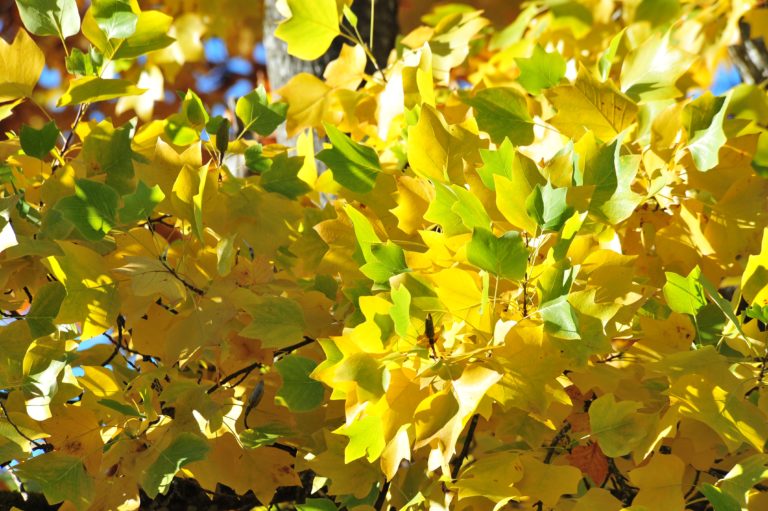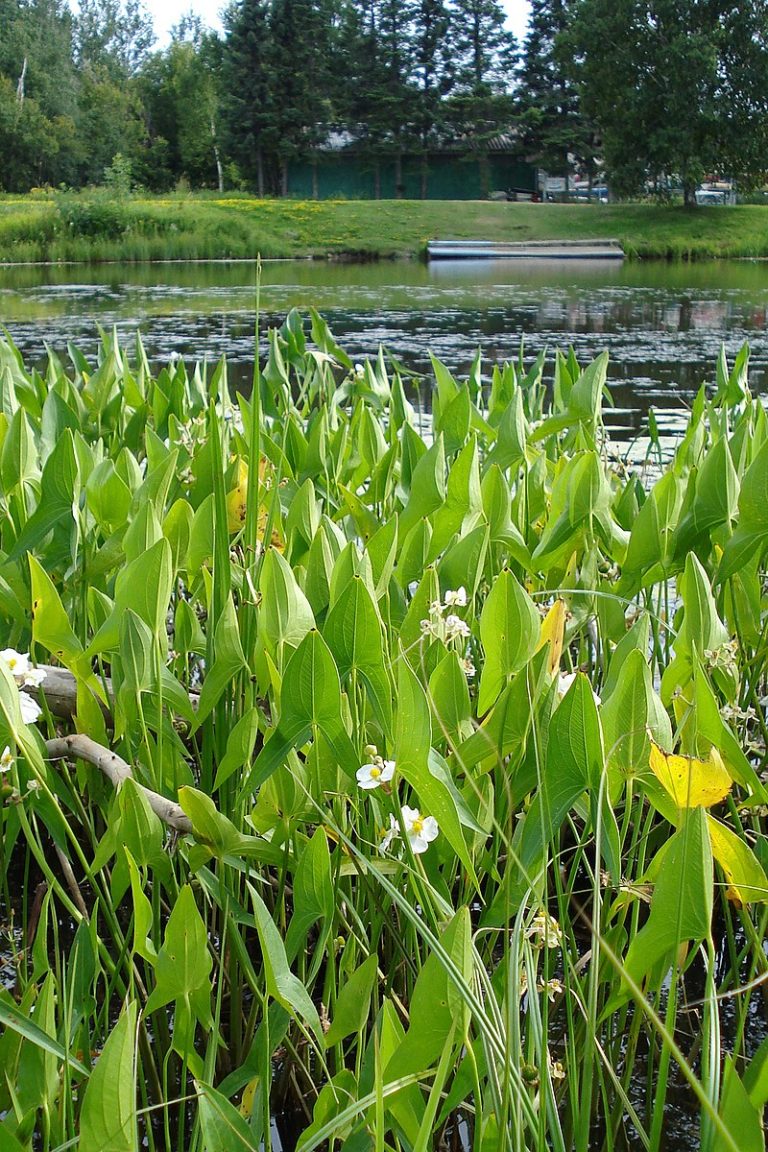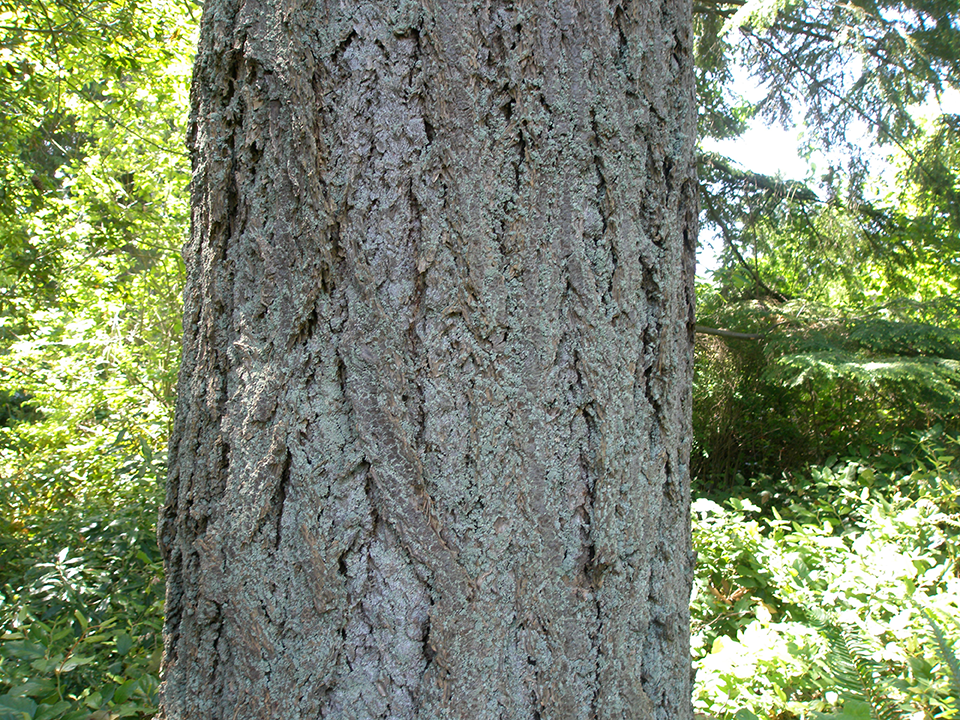
Hul'q'umi'num' name:
ts’sey’
English Name:
Douglas Fir
Alternative English Names:
Fir
Scientific Name:
Pseudotsuga menziesii
Click/tap on the button to jump to that section:
Description
Description, Habitat, Ecology, Distribution
This tree, known locally as "fir," is not closely related to the true firs (Genus Abies, including the species commonly known as "balsam fir"). Douglas fir is a large (from 70 to sometimes 90 m [230-295 ft]) needle-leaved, cone-bearing tree. It has spreading to drooping branches, and very thick, rough, dark brown bark. The cones are unique among local conifers in that yellowish, three-tipped bracts (modified leaves) hang down amidst the scales of the cones (and are sometimes said to resemble the feet and tails of mice hiding amongst the scales). It occurs from very dry, low elevations to moist, high elevations from southwestern British Columbia to California and throughout the Hul’q’umi’num’ territory.
Island Cultural Role
Douglas fir wood has been used for the shafts of fishing spears and harpoons. The bark from old snags is said to be a good fuel for fires.
Language
Hul'q'umi'num' Name
ts’sey’
APA
c̓sey̓
Speaker
Ruby Peter
Hul'q'umi'num' Name 2
ts’sey’ulhp
APA
c̓sey̓əłp
Speaker
Ruby Peter
